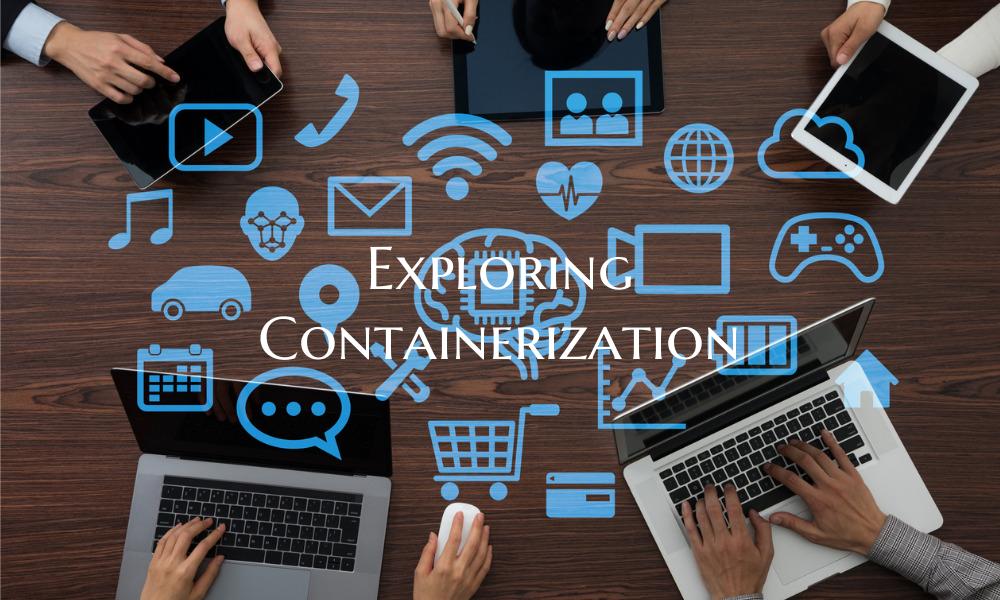Exploring Containerization
In today's fast-paced technological landscape, containerization has emerged as a revolutionary solution for efficiently managing and deploying applications. This innovative approach facilitates the packaging of software code and its dependencies into a lightweight, portable container that can run consistently across diverse computing environments.
### Understanding Containerization
At its core, containerization is all about encapsulating an application along with its necessary libraries, dependencies, and configuration files in a self-contained unit called a container. This containerization process enables developers to isolate applications, ensuring they run uniformly regardless of the underlying infrastructure.
### Benefits of Containerization
1. Portability: Containers can be deployed seamlessly across different operating systems and cloud platforms, providing unparalleled flexibility and portability for applications. 2. Consistency: With containerization, developers can ensure that applications behave consistently in different environments, from development to production. 3. Resource Efficiency: Containers are lightweight and share the host system's kernel, optimizing resource utilization and enabling more efficient use of infrastructure. 4. Scalability: Containerized applications can be easily scaled up or down based on demand, making them ideal for modern, dynamic workloads.
### Key Technologies in Containerization
1. Docker: Docker is one of the most popular containerization platforms, offering tools to build, ship, and run containers efficiently.
2. Kubernetes: Kubernetes is a powerful container orchestration platform that automates container deployment, scaling, and management, making it easier to manage complex containerized applications.
### Real-World Applications of Containerization
1. Microservices Architecture: Containerization plays a key role in microservices architecture, where applications are broken down into smaller, independent services that communicate via APIs and run in separate containers. 2. DevOps Practices: Containerization aligns closely with DevOps principles by enabling faster deployment, continuous integration, and delivery of applications.
### Challenges and Considerations
While containerization offers numerous benefits, it also introduces challenges such as security concerns, container sprawl, and managing container lifecycles effectively. Organizations must carefully plan their containerization strategy and adopt best practices to address these challenges.
### Conclusion
Containerization has revolutionized the way applications are developed, deployed, and managed in modern IT environments. By encapsulating applications in lightweight, portable containers, organizations can achieve greater agility, scalability, and efficiency in their software development processes. Embracing containerization is crucial for staying competitive in today's tech-driven world, where speed, flexibility, and reliability are paramount.

